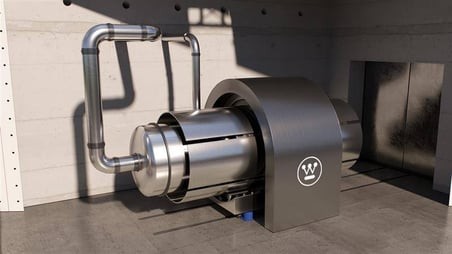The project: The project, called Optimization of Calibration Intervals of Nuclear Plant Pressure Transmitters, aims to prepare a technical specification task force document that will help streamline the Nuclear Regulatory Commission’s license amendment request (LAR) process—trimming nearly 75 percent from LAR preparation effort time and almost 90 percent from the NRC’s review time. Currently, the LAR process can take up to two years.
“The completion of this project will result in a direct benefit to the nuclear industry and the NRC by providing a straightforward path for the creation, review, and approval of LARs,” an AMS press release noted.
Calibration check: AMS also received approval from the NRC for its online monitoring (OLM) technology that can be used to determine when a pressure, level, or flow transmitter needs to be checked for calibration. Under the current practice at nuclear plants, all safety-related transmitters are calibrated during each operating cycle (every 18–24 months), even if they show no signs of degradation. According to AMS, implementing OLM technology at a nuclear plant can save more than 90 percent of its transmitter calibration load, reducing the plant’s outage time and maintenance costs. Each plant, however, must first receive NRC approval through a LAR before implementing the technology.






